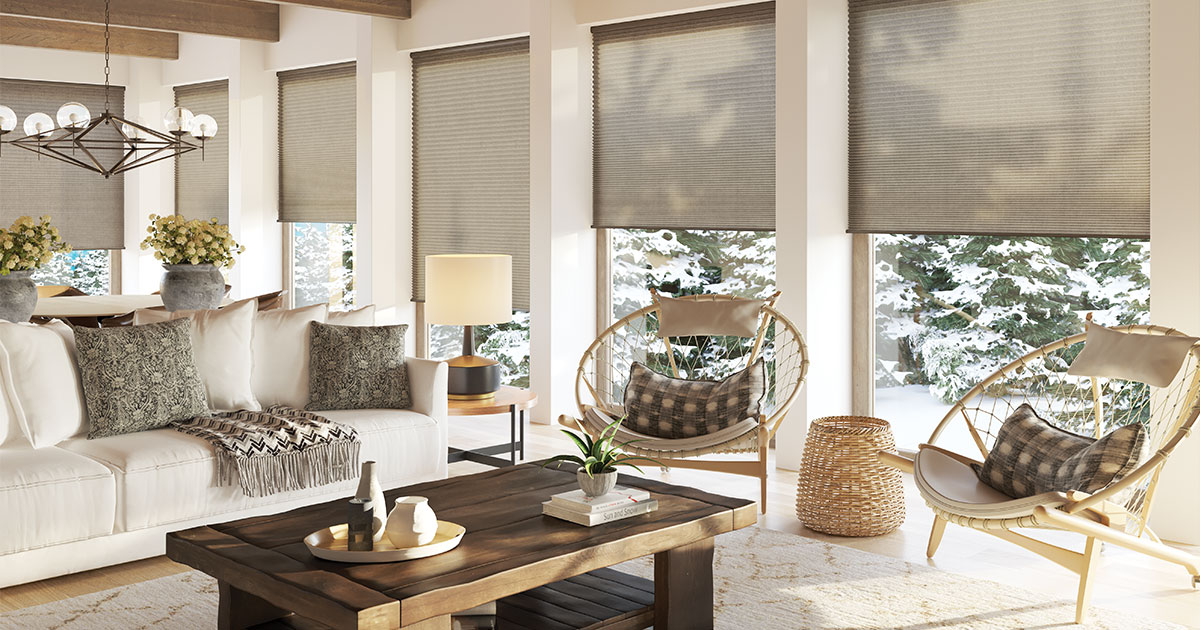
Sustainability in the Home
Brooke Cleaver March 3, 2023
"The best way to predict the future is to create it." - Peter Drucker.
We've seen a massive upswing in responsible design practices in recent years. Sustainability has become a significant cultural concern, with #sustainableliving receiving more than 573 million views on Tiktok in the United States alone – and over 1 billion views worldwide. Whether it be for environmental or financial reasons, there's no denying that folks worldwide are on the hunt for more sustainable ways of being. But when it comes to our homes, knowing where to start can sometimes be challenging.
Rest assured, if you're looking for manageable ways to reduce your carbon footprint, we've locked down a few realistic approaches for making your home a little more eco-friendly.
Cut Costs with Energy Efficient Light Bulbs
One of the easiest ways to save energy and money is by switching out your home's lighting. Traditional incandescent bulbs are highly inefficient and waste an inordinate amount of energy on heat rather than light. Due to how incandescent lights are designed, only 10% of the energy an incandescent bulb consumes is converted into visible light, while the remaining 90% is given off as heat.
Switching to a more energy-efficient lightbulb, such as a compact fluorescent bulb (CFL) or light-emitting diode (LED), could help you reduce your energy consumption and lower your home's carbon footprint. LEDs are reported to use up to 90% less energy than that of their incandescent counterparts – and could save you up to $225 in energy costs per year.
 And for those who loathe the "big light" or shake at the thought of harsh, blinding, blue lights – LED bulbs come in a variety of color temperatures, ranging from bright white to warm. So, you don't have to sacrifice the integrity of your warm, cozy space for the sake of efficiency.
And for those who loathe the "big light" or shake at the thought of harsh, blinding, blue lights – LED bulbs come in a variety of color temperatures, ranging from bright white to warm. So, you don't have to sacrifice the integrity of your warm, cozy space for the sake of efficiency.
Reduce Energy by Adding Layers
Another possible solution for reducing your home's energy costs is by being strategic with your window treatments. According to the U.S. department of energy, heat gain and loss are responsible for 25-30% of all residential energy use. This loss occurs through several mechanisms, including conduction, radiation, and air leakage. But updating existing windows can be expensive, especially in older homes that require additional style and architectural consideration, like bungalows and craftsman-style homes. A quality window treatment, however, could be a cost-effective way of combating energy loss.
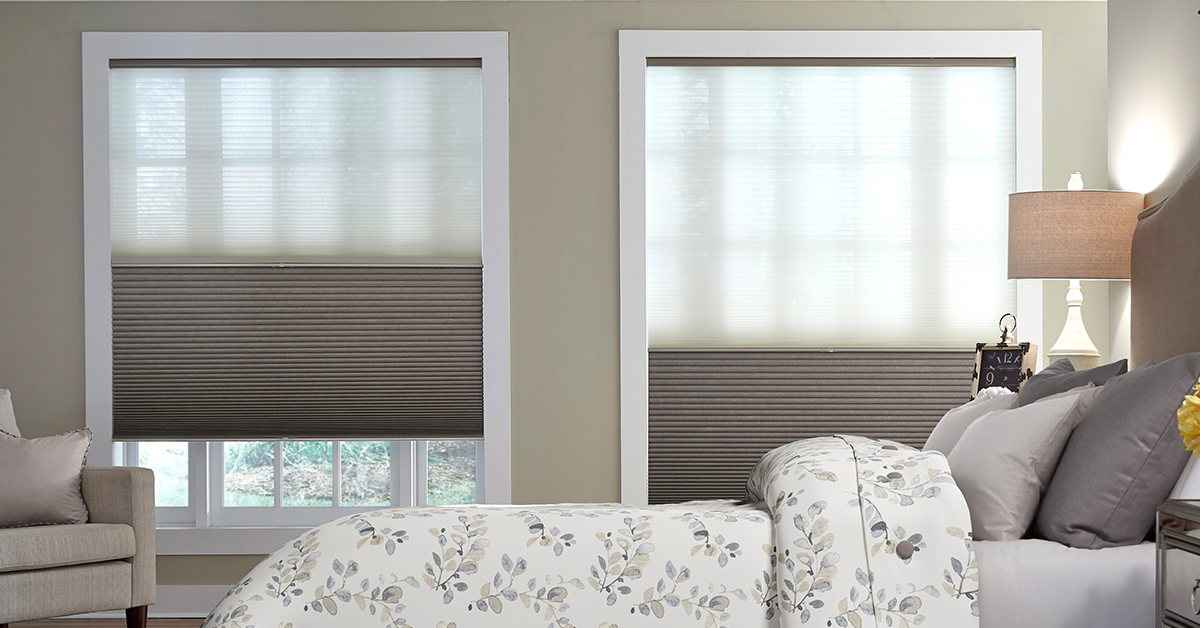
Cellular shades are one of the most energy-efficient coverings one can find. Practical and pretty, these stunning solutions are designed to trap air and protect your home from the natural elements. Small, honeycombed-shaped cells catch warm and cool air that would normally pass through your window and stop it in its tracts - acting as a buffer between your home's interior and exterior.
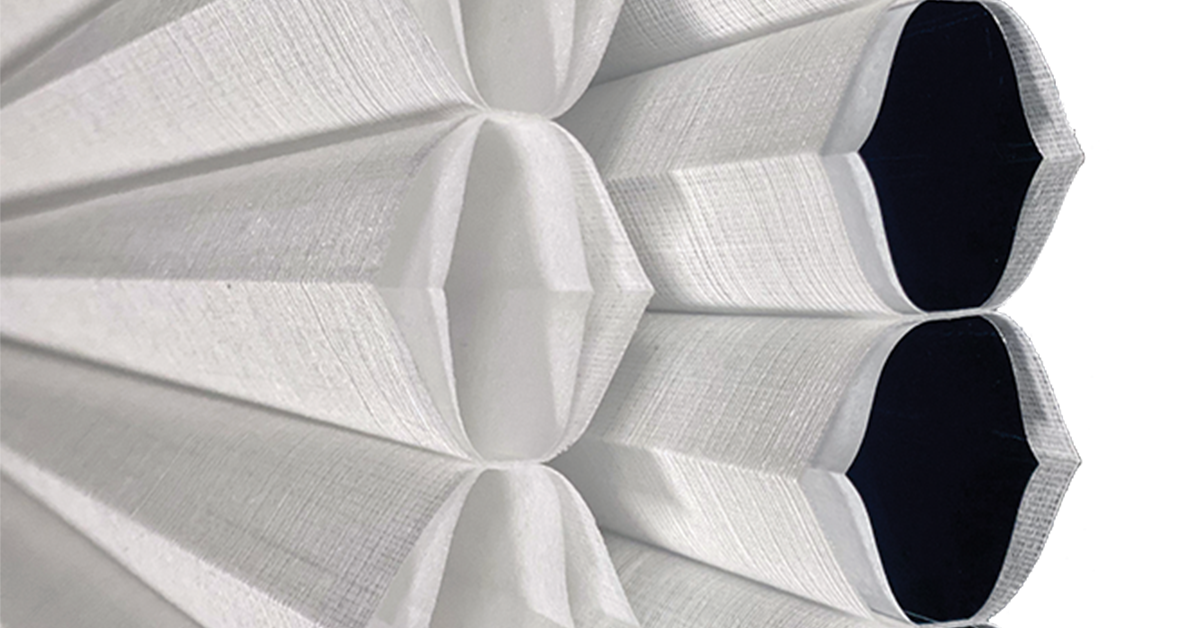
Parasol ® Octavia shades by Lafayette Interior Fashions come equipped with an additional inner cell so that you can enjoy cool summers and cozy winters.
For added insulation, consider pairing your cellular window shades with a custom drapery for a finished, balanced look – brimming with purpose and intention.
Invest in a Timeless Style
Furniture is more than just a practical solution; It's a powerful tool for self-expression and personal reflection. But it can also be a source of tremendous waste. According to the EPA, furniture is one of the top five contributors to waste in landfills across the United States - with less than a quarter of it combusted for energy recovery. And one of the most significant contributors to this problem is fast furniture.

Much like fast fashion, which is produced quickly to keep up with fleeting trends and rising demand, fast furniture is usually made with cheap materials, not built to last. In an article written by Clever, author Bailey Burg explains that most of the furniture cluttering our dumps was formed in the last 10 – 15 years. One way to push back against this budding problem is by investing in durable, timeless pieces that will stay in style for years to come.
 That said, long-lasting pieces can be expensive and fast furniture is relatively cheap and easy to obtain. Which begs the question, what can we do to curb the flow of furniture in our landfills when factors like style, budget, and time bind us?
That said, long-lasting pieces can be expensive and fast furniture is relatively cheap and easy to obtain. Which begs the question, what can we do to curb the flow of furniture in our landfills when factors like style, budget, and time bind us?
Befriend your local thrift stores and estate sales. Akin to that of an Easter egg hunt, estate sales provide you with the opportunity to find timeless pieces that will last for decades to come - and could even give way to a new and exciting hobby. Many people who thrift eventually delve into the world of upcycling and restoration – where they restore old furniture or refurbish it to fit their needs. Transforming a used piece of furniture gives you the unique opportunity to craft a customizable piece that will coordinate with your home.
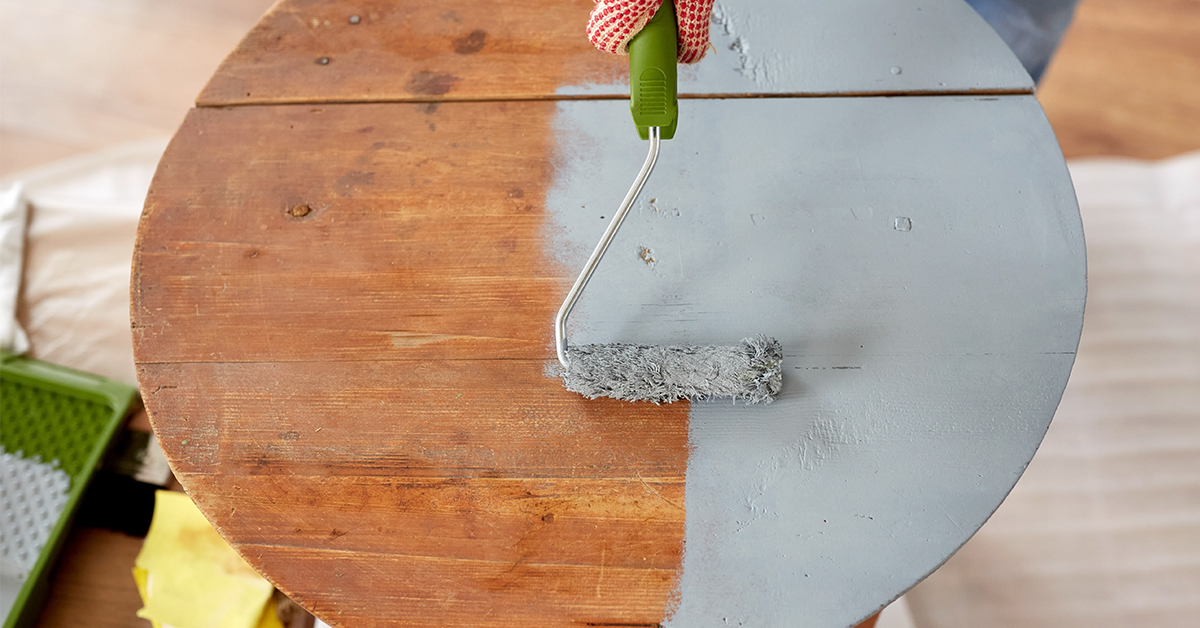
One lingering question remains. What do we do with the furniture we don't want to keep? If you're planning on discarding a piece that still has some life left in it, plenty of organizations will put it to good use. Provided is a short list of agencies that will gladly accept and sell gently used goods for a fraction of the price or at no cost.
Consider Composting
Another formidable problem for landfills across the country is food waste. According to the U.S. Environmental Protection Agency (EPA), food waste accounted for approximately 24% of the total municipal solid waste in landfills in 2018. In addition to taking up space in landfills, food waste also contributes to the production of methane – a hazardous greenhouse gas that is 80 times more potent than carbon dioxide. When food waste decomposes in a landfill, it does so in the absence of oxygen, producing methane as a byproduct.
One way to help fight the harmful emission of methane in our landfills is through the act of composting. Composting is a process of breaking down organic matter into a nutrient-rich soil amendment. This natural process involves the decomposition of materials, such as food waste, leaves, grass clippings, and other yard debris.

When it comes to at-home composting, there are two general methods people use to break down organic matter: Backyard composting and vermicomposting – otherwise known as worm composting. Both are perfectly acceptable forms of composting – and offer you the opportunity to create nutrient-dense soil for planting and gardening; however, for those new to composting, we recommend the latter of the two. Despite the creepy crawly-ness of it all, worm composting is generally more accessible for those with space limitations and can be done in the comfort of one's home.
Unlike traditional compost bins, which rely on bacteria to break down organic material, worm bins use worms to deconstruct organic waste, resulting in an accelerated decomposition process. So, you're free to utilize the spoils of a worm farm much faster than that of a traditional compost pile.
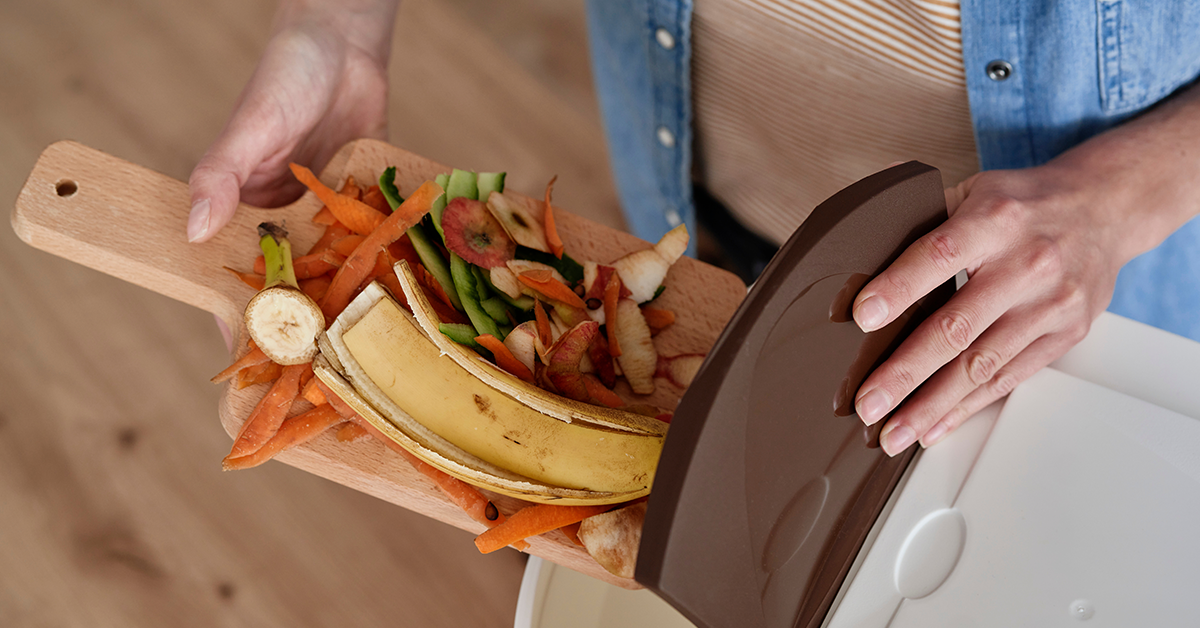 To learn more about the art of composting and its benefits for you and your community, visit the EPA for an in-depth but easy-to-read analysis on the topic.
To learn more about the art of composting and its benefits for you and your community, visit the EPA for an in-depth but easy-to-read analysis on the topic.
Choose Forward-Thinking Fabrics
Homeowners aren't the only ones interested in our planet's future. Businesses worldwide are also making efforts to curate stylish, eco-friendly pieces. So, if you want to introduce new textiles and fabrics into your home, we have a few options that might be up your alley.
Hemp
Considered to be an environmental super fiber, hemp offers luxurious texture and durability, all while promoting sustainability.
Crafted from stalks of cannabis sativa, hemp is considered to be one of the most environmentally friendly crops. Although typically associated with its more well-known, albeit controversial cousin, marijuana, hemp is a genuinely undervalued resource that is both sensible and tame. Think of it more as the sober cousin of the cannabis family.
Gentle on the earth, hemp returns close to 60% of the nutrients it borrows from the soil, making it a low-impact option that requires minimal watering.
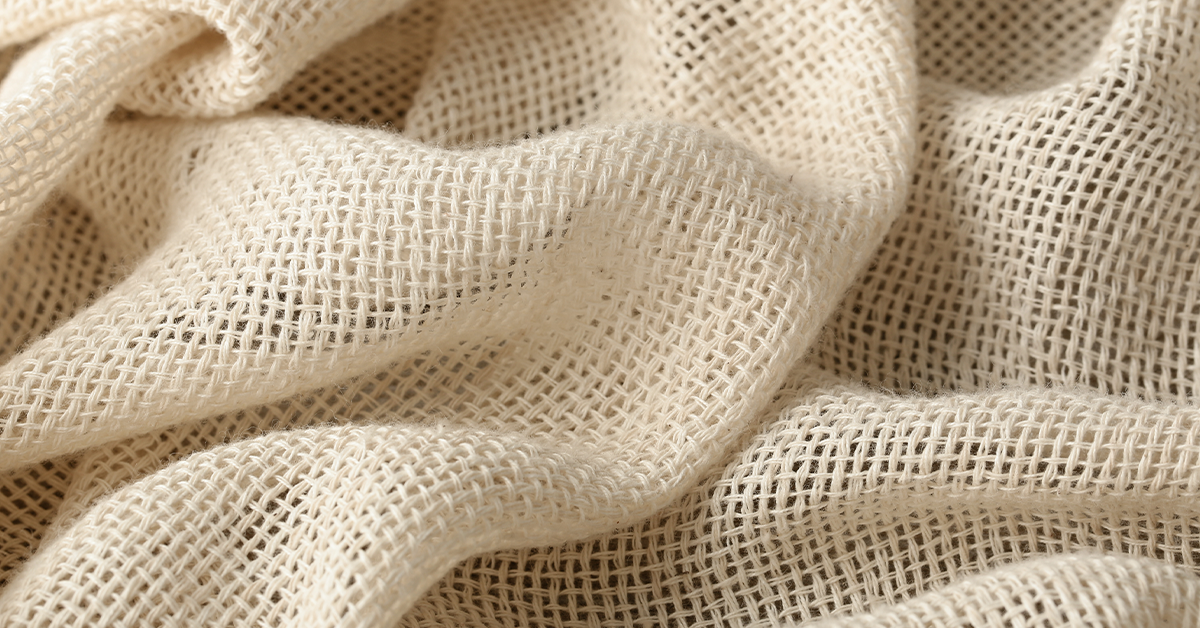 What's more, due to the adaptable nature of hemp, this powerhouse of a fabric can be used in a variety of home furnishings, including rugs, sofas, pillows, and more.
What's more, due to the adaptable nature of hemp, this powerhouse of a fabric can be used in a variety of home furnishings, including rugs, sofas, pillows, and more.
Recycled Polyester
Upon hearing the word 'polyester,' your mind might immediately jump to images of cheap clothing and crude oil. Like other synthetically made fabrics, traditional polyester relies heavily on petroleum-based chemicals for its production.
Recycled polyester, however, differs from regular polyester in that it uses post-consumer waste, such as plastic bottles or discarded clothing, as a raw material instead of crude oil. Compared to standard polyester, recycled polyester requires less energy. It emits fewer greenhouse gases since it relies on existing waste materials rather than extracting and processing new resources from the earth. Additionally, using post-consumer waste as a raw material reduces the waste sent to landfills or oceans, helping mitigate environmental pollution.
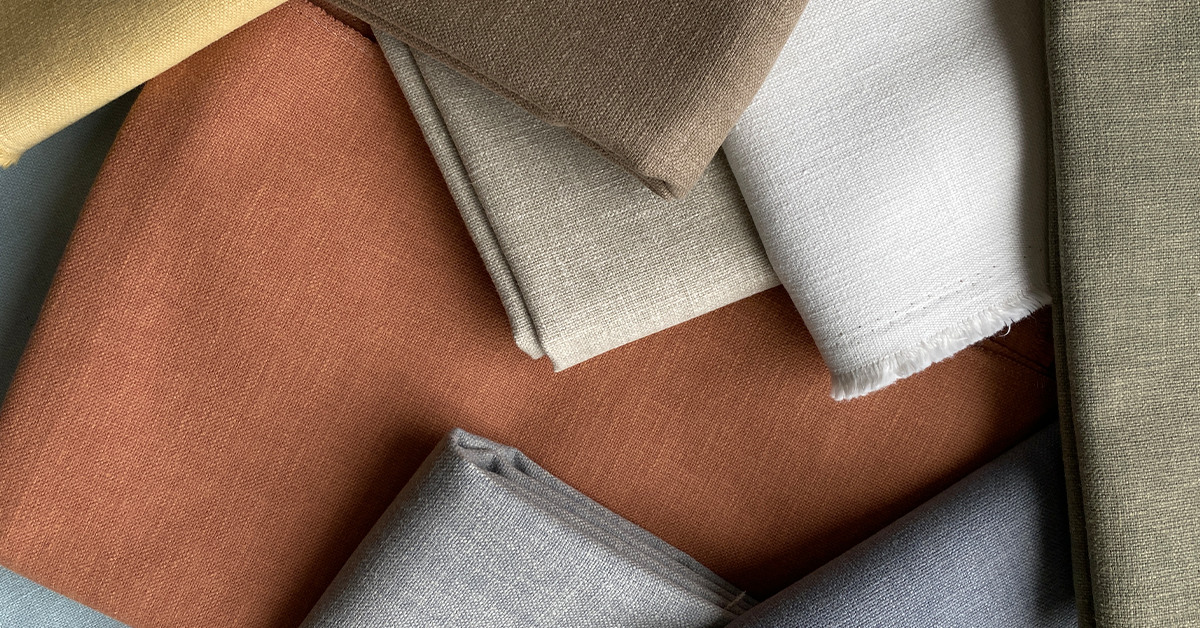 Earth-friendly by nature and harmonious with sustainable practices in its production, Lafayette's very own Encore Collection features a variety of fabrics made from post-consumer waste, such as recycled polyester and recycled cotton.
Earth-friendly by nature and harmonious with sustainable practices in its production, Lafayette's very own Encore Collection features a variety of fabrics made from post-consumer waste, such as recycled polyester and recycled cotton.
Final Thoughts
"We don't have to engage in grand, heroic actions to participate in change. Small acts, when multiplied by millions of people, can transform the world." - Howard Zinn.
Lafayette Interior Fashions is a family-owned, to-the-trade manufacturer of blinds, shades, shutters, draperies, and other custom-crafted interior fashion products. To learn more about our products, Find a local dealer near you.
 And for those who loathe the "big light" or shake at the thought of harsh, blinding, blue lights – LED bulbs come in a variety of color temperatures, ranging from bright white to warm. So, you don't have to sacrifice the integrity of your warm, cozy space for the sake of efficiency.
And for those who loathe the "big light" or shake at the thought of harsh, blinding, blue lights – LED bulbs come in a variety of color temperatures, ranging from bright white to warm. So, you don't have to sacrifice the integrity of your warm, cozy space for the sake of efficiency.



 That said, long-lasting pieces can be expensive and fast furniture is relatively cheap and easy to obtain. Which begs the question, what can we do to curb the flow of furniture in our landfills when factors like style, budget, and time bind us?
That said, long-lasting pieces can be expensive and fast furniture is relatively cheap and easy to obtain. Which begs the question, what can we do to curb the flow of furniture in our landfills when factors like style, budget, and time bind us?

 To learn more about the art of composting and its benefits for you and your community, visit the
To learn more about the art of composting and its benefits for you and your community, visit the  What's more, due to the adaptable nature of hemp, this powerhouse of a fabric can be used in a variety of home furnishings, including rugs, sofas, pillows, and more.
What's more, due to the adaptable nature of hemp, this powerhouse of a fabric can be used in a variety of home furnishings, including rugs, sofas, pillows, and more. Earth-friendly by nature and harmonious with sustainable practices in its production, Lafayette's very own Encore Collection features a variety of fabrics made from post-consumer waste, such as recycled polyester and recycled cotton.
Earth-friendly by nature and harmonious with sustainable practices in its production, Lafayette's very own Encore Collection features a variety of fabrics made from post-consumer waste, such as recycled polyester and recycled cotton.